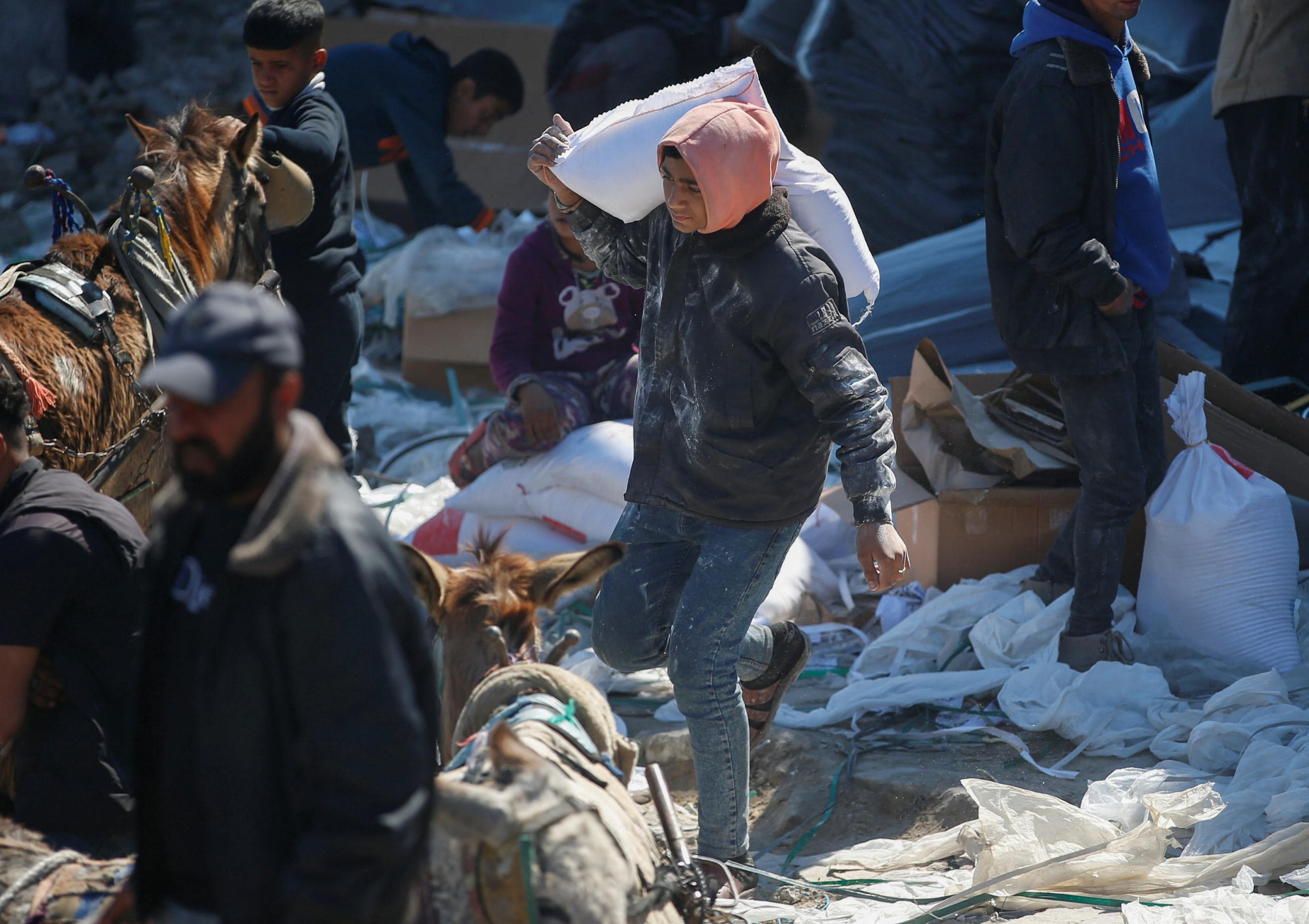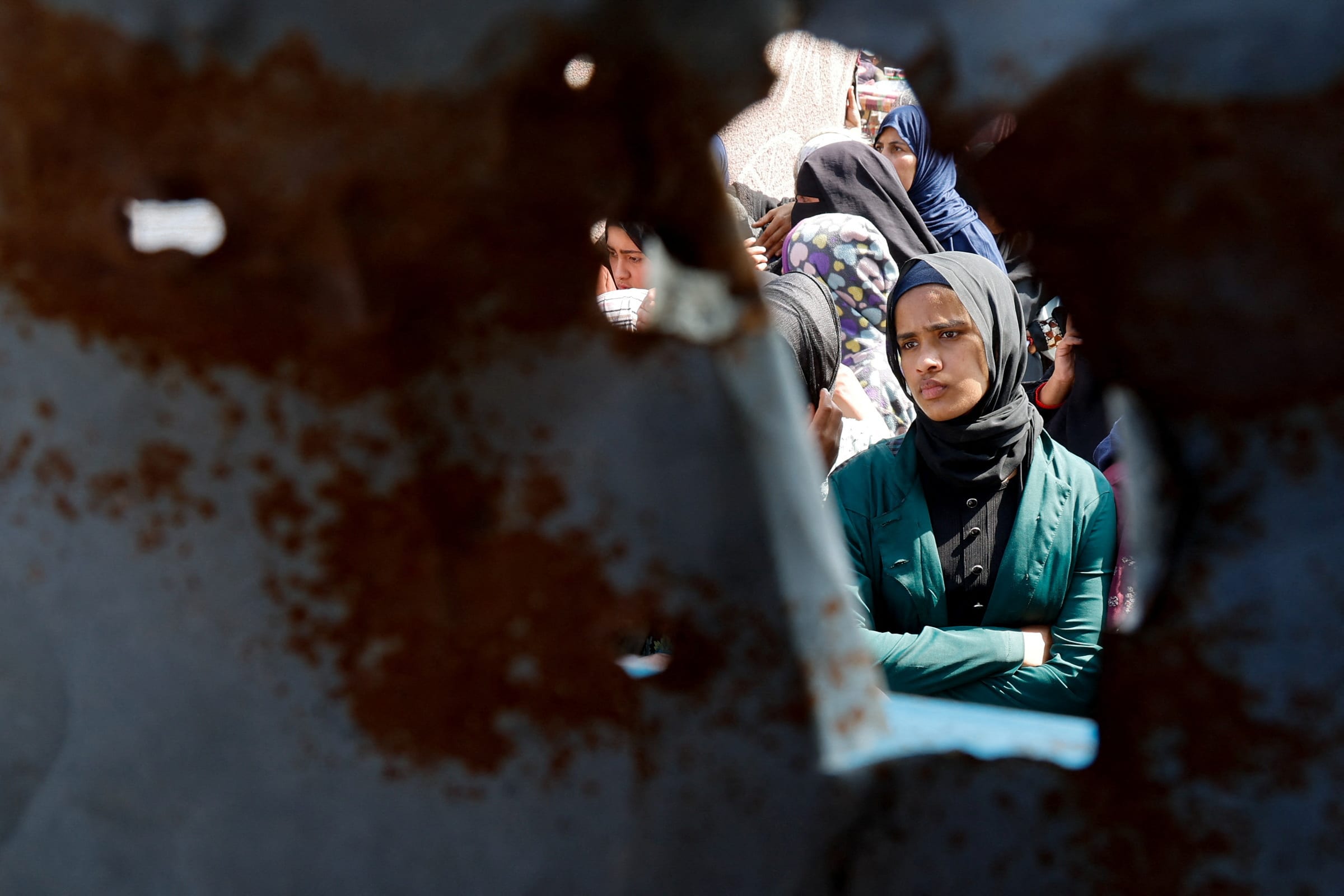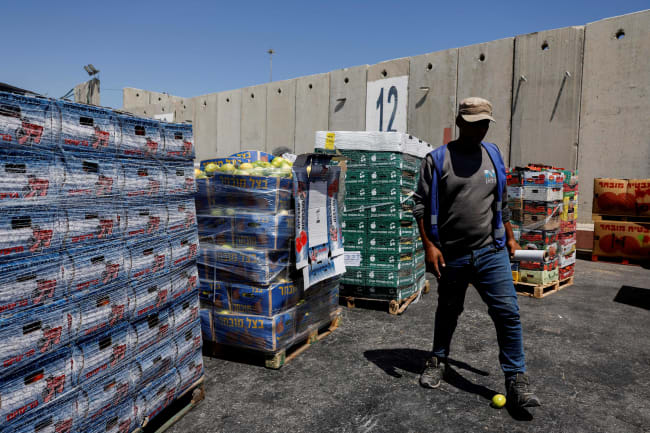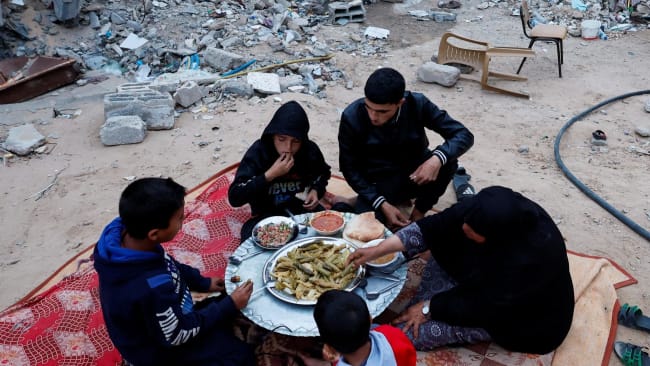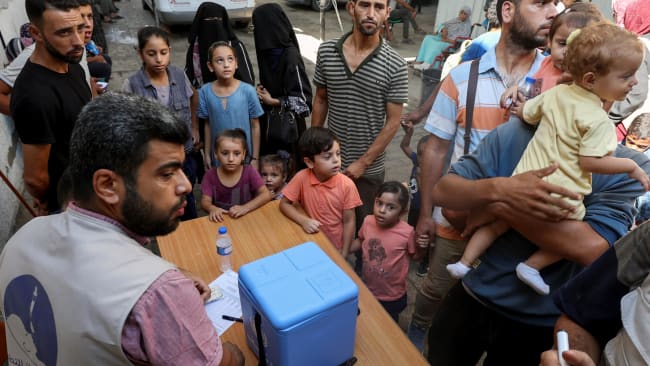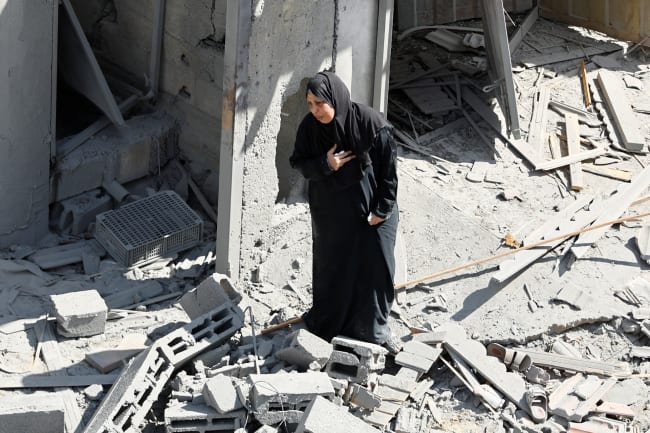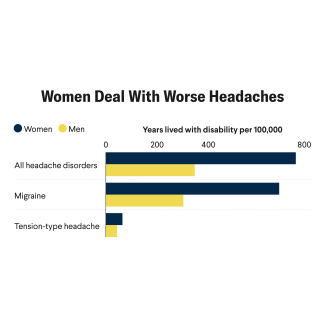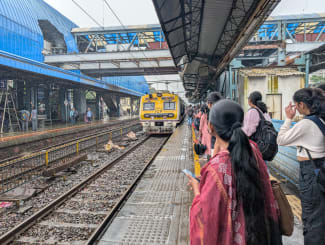The Arab League summit, which convened in Cairo, Egypt, on March 4, yielded a highly anticipated plan for a postwar Gaza that fell well short of expectations. An expansion of the Egyptian vision, the plan envisages a Palestinian committee of independent technocrats governing Gaza for an initial period of six months before transitioning to Palestinian Authority (PA) control with international oversight.
It rejects any forcible relocation, stipulates that Palestinians will remain in Gaza, and excludes Hamas from governance but fails to address the core security dilemma of Hamas's refusal to disarm. The Arab world, Israel, and the United States converge on the central premise—Hamas's exclusion from power—but not on a roadmap on how to achieve this goal, how to install the desired governance structures, or the PA's future role.
In the absence of politically viable arrangements, ceasefire extension negotiations continue to falter over interrelated governance questions, including full Israel Defense Forces (IDF) withdrawal, planning for the day after, and reconstruction. The ceasefire's fragility, Hamas's refusal to lay down its arms, and Israel's vow to resume military operations create paralysis across the humanitarian landscape.
Aid organizations and donors find themselves trapped in operational limbo, navigating volatile political currents with no clear direction
Given the U.S. and Israeli rejection of the Arab plan, and continued Israeli support for President Donald Trump's contentious Gaza Riviera vision requiring mass evacuation, reaching consensus on reconstruction and transitional governance parameters remains unattainable at present. Aid organizations and donors find themselves trapped in operational limbo, navigating volatile political currents with no clear direction. Without alignment among stakeholders, the competing day-after visions will remain theoretical. Counterintuitively, heightened diplomatic attention to reconstruction has undermined rather than advanced ongoing ad hoc emergency recovery efforts, highlighting the critical disconnect between high-level diplomacy and on-the-ground humanitarian realities.
Thus, despite the surge in aid and supplies to Gaza during the 42-day lull in fighting, humanitarian conditions have not meaningfully improved and will likely deteriorate again amid Israel's decision to block all aid—a move that will harm Gaza's 2.1 million people and the fate of approximately 24 Israeli hostages believed to be still alive. The strategic deadlock necessitates a meaningful bridging proposal for unresolved disputes, or at minimum, intermediary coping mechanisms to address Gaza's immediate reality.
Current Recovery Roadblocks
During the first phase of the ceasefire, aid deliveries tripled to 4,200 trucks weekly, enabling food assistance to reach 1.8 million Gazans and expanding bread production fivefold.
Yet the results are mixed. Critical service restoration remains crippled: Water supply languishes at around 30% of prewar levels despite 1,300 operational water points hampered by infrastructure damage and limited fuel imports to power pumps and desalination plants, 90% of schools remain either damaged or destroyed; 292,000 homes are uninhabitable, and 95% of hospitals are damaged amid Gaza's staggering 83% economic contraction.
Indeed, the fragile respite stemmed from several factors: increased availability of resources, the partial restoration of public order by Hamas, expanded crossing access with longer operating hours, eliminated coordination and deconfliction requirements given the absence of kinetic activity, and a reduction in looting. Fundamentally, however, aid distribution failed to align with actual needs, partially due to Israeli restrictions on imports of dual-use items—such as those needed for repairs and scaling up of health interventions—that serve both civilian and military purposes.
Israel's subsequent aid ban could reverse even modest gains and, if prolonged beyond several weeks, threaten a renewed humanitarian crisis. According to IDF assessments, Gaza has 60 days' worth of food reserves, yet humanitarian agencies contest this claim, suggesting only two weeks' supply, the reality likely falls somewhere between the two. Prices of essential commodities spiked immediately: Cooking gas jumped from 6 Israeli shekels ($1.70) per kilo during the ceasefire to 100 ($28) after aid cessation. The March 9 decision to cut the only power line to the main desalination plant in Deir al-Balah, which provides 18,000 cubic meters of water per day and serves 600,000 people, further jeopardizes sanitation conditions.
Although the ceasefire agreement included a humanitarian appendix meant to initiate rehabilitation, it instead established ambitious housing targets that have proved impossible to meet for the nearly 2 million displaced Gazans—including 500,000 who returned to the northern area. The agreement specified 200,000 tents and 60,000 mobile homes, yet these targets proved to be unworkable quotas detached from logistical realities. In closed conversations, practitioners admit that the aid community is not equipped to source prefabricated housing at this scale, leaving most displaced Gazans in makeshift shelters and overcrowded encampments.
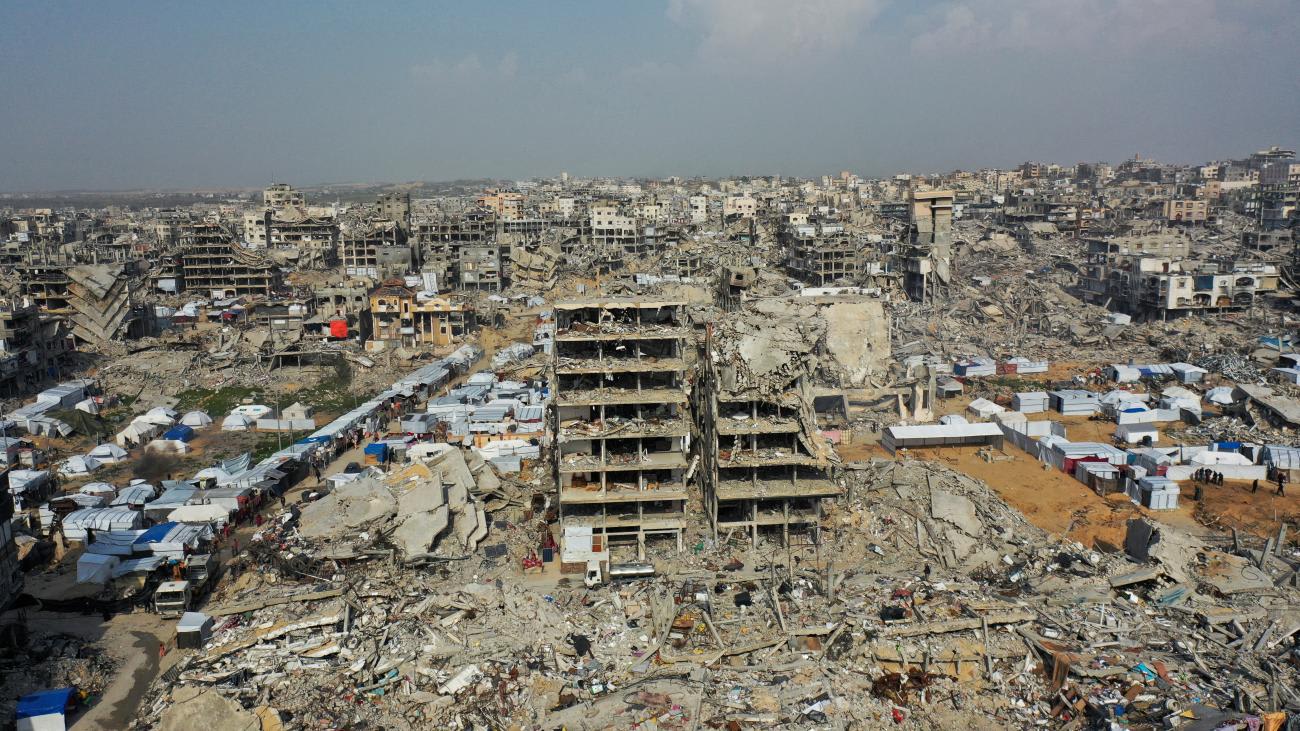
Equally problematic are stalled debris removal and unexploded ordnance clearance. Rubble volume exceeds 17 times the combined total from all previous Gaza conflicts since 2008, and the heavy machinery required to remove debris remains largely blocked from entry. The UN Mine Action Service estimates that 5% to 10% of munitions remain unexploded, and Israel's prohibition on demining explosives, fearing Hamas diversion risks, forces reliance on ineffective manual methods.
This paralysis largely stems from deliberate vagueness around the term rehabilitation, creating a gray zone. For humanitarian organizations, rehabilitation is a bridge from emergency response to development. For Israel, it constitutes minimalist humanitarian stopgaps, explicitly excluding large-scale reconstruction as long as Hamas remains a factor. This ambiguity could help circumvent a politically complex issue given that reconstruction for much of the Arab world, Israel, and the United States is predicated on removing Hamas from power, yet has thus far has only produced fragmented efforts. Hamas used the reconstruction period after the 2014 war to build its military power.
Security, Governance, and the Looming Resumption of War
Beyond the immediate humanitarian challenges lie the unresolved governance and security questions, with Israel viewing renewed military operations as a prerequisite to addressing these fundamental issues. Despite optimistic signals concerning the possibility of extending the ceasefire, a resumption of hostilities remains a plausible scenario.
Should war materialize, even the current limited recovery efforts would cease, forcing a reversion to a basic emergency response. Assuming minimal pressure from the Trump administration to enable adequate humanitarian response, unlike the Joe Biden administration, Israel is expected to severely limit assistance. Further, restrictions would force aid agencies to once again navigate shifting deconfliction arrangements, and civilians would again confront displacement, either organized evacuations to designated zones or chaotic flight from combat. Israel appears to be favoring an arrangement that would grant it tighter control over humanitarian aid distribution through IDF-secured hubs, operated with private security contracts, requiring UN agencies and NGOs to recalibrate their operations, especially because it would make it impossible for UNRWA to operate.
Reconstruction is a politically charged issue in Israel and a high-risk endeavor for donors and implementing partners. Those factors suggest that conversations will not seriously begin without credible security guarantees. The $53.2 billion price tag estimated by the World Bank, United Nations, and European Union's February 2025 Interim Rapid Damage and Needs Assessment dwarfs previous postwar recovery efforts, including 2014's Operation Protective Edge, which cost only 10% as much. Israel's zero risk tolerance following the October 7 terror attack means that any perceived Hamas exploitation of reconstruction sites would likely trigger renewed military responses, creating prohibitive investment risks. Without an agreed governance framework or security architecture, Gaza remains trapped in political limbo that precludes sustainable recovery.
Where to Go From Here
At the time of writing, with aid stalled, the ceasefire in a precarious situation, and renewed fighting imminent, planning for near-term recovery would be pointless. Nonetheless, stakeholders can take tangible steps to better prepare both for the resumption of war and for the inevitable moment when hostilities cease and the fundamental questions resurface.
If the war resumes, stakeholders should apply lessons learned from the first phase of conflict to improve wartime aid delivery.
- Leverage the international community's influence to ensure that Israel maintains viable humanitarian corridors and crossing access for both aid and commercial goods, regardless of military objectives, and make clear that averting another humanitarian catastrophe serves both strategic and ethical imperatives.
- Strengthen coordination and deconfliction mechanisms building on the ceasefire joint operations room. This requires formalized protocols between the United States, Egypt, the IDF, UN agencies, and other parties to secure and maintain humanitarian aid with reliable notification systems, and enhancing synergy with security arrangements.
- Deploy better technology-enabled aid tracking using QR codes and geolocation throughout the supply chain. These systems would help address Israeli security concerns regarding diversion, satisfy donor accountability requirements, and ensure that aid reaches the intended beneficiaries.
- Improve aid distribution inside Gaza in a way that benefits the population while minimizing the benefits to Hamas. This includes cooperation between Israel and trusted partners to improve vetting and enhance monitoring procedures.
- Develop more flexible protection approaches for aid convoys, including use of private security companies, that can serve as a limited, temporary bridging arrangement.
- Prepare responses to potential population movements that account for humanitarian principles if voluntary migration policies advance. Those responses should also balance protection obligations against the ethical implications of facilitating demographic changes.
Harness new UN leadership to build trust with Israel and develop a more robust monitoring mechanism. Former UN coordinator for Gaza Sigrid Kaag's appointment as interim UN special coordinator in Jerusalem offers an opportunity to rebuild Israeli-UN trust. Kaag, an astute politician with plentiful experience in the Middle East, has gained the trust of Israeli officials. With the UN Relief and Works Agency for Palestine Refugees in the Near East (UNRWA) formally banned by Israel, Kaag's office can lead the recovery effort by coordinating the work of other UN agencies.
Stakeholders can take tangible steps to better prepare both for the resumption of war and for the inevitable moment when hostilities cease
The international community should build on mechanisms established under UN Resolution 2720 to convene a technical working group to design a new entry coordination and monitoring apparatus that studies the benefits and shortcomings of the 2014 Gaza Reconstruction Mechanism. This approach should comprehensively track dual-use materials by using enhanced verification procedures, mitigate security vulnerabilities in the humanitarian supply chain, develop monitoring and enforcement mechanisms, implement a market-based approach, and maintain an efficient aid flow that does not impede critical recovery work.
Expand the Rafah model for incremental Palestinian Authority involvement. As part of the first phase of the ceasefire agreement, the PA's security forces have returned to man the Rafah crossing under European oversight with peripheral IDF surveillance. The PA's limited but functional role offers a blueprint for expanding its administrative functions without triggering Israeli political objections—provided it remains bounded and low profile. Israeli political echelons have tacitly accepted this arrangement, Prime Minister Benjamin Netanyahu referring to it as technical participation by non-Hamas Gazans—a euphemism for the PA. This creates openings for systematic PA expansion into critical reconstruction sectors while maintaining Israeli deniability. The framework should be extended to deploy civil defense units for debris removal, expand Palestinian Water Authority operations, restore critical infrastructure, such as electricity networks, and facilitate the deployment of West Bank medical teams to support critical health-care needs.
Leverage the useful parts of the Arab proposal. The Arab plan presented a unified position around a Palestinian-led framework, offering an alternative to the Riviera proposal and prioritizing PA reform. However, it fails to address key security challenges, including Hamas's refusal to disarm.
A wide Arab forum does not provide a conducive environment to address the sticking issues such as the exile of Hamas's leadership from Gaza and the disarmament of all terror groups. It does, however, provide an opening for a key group of countries at peace with Israel—Bahrain, Egypt, Jordan, Morocco, and the United Arab Emirates—as well as Saudi Arabia, the leader of the Arab and Muslim worlds and the country with most leverage on all actors, to convene in a smaller group and offer solutions to the difficult questions.
